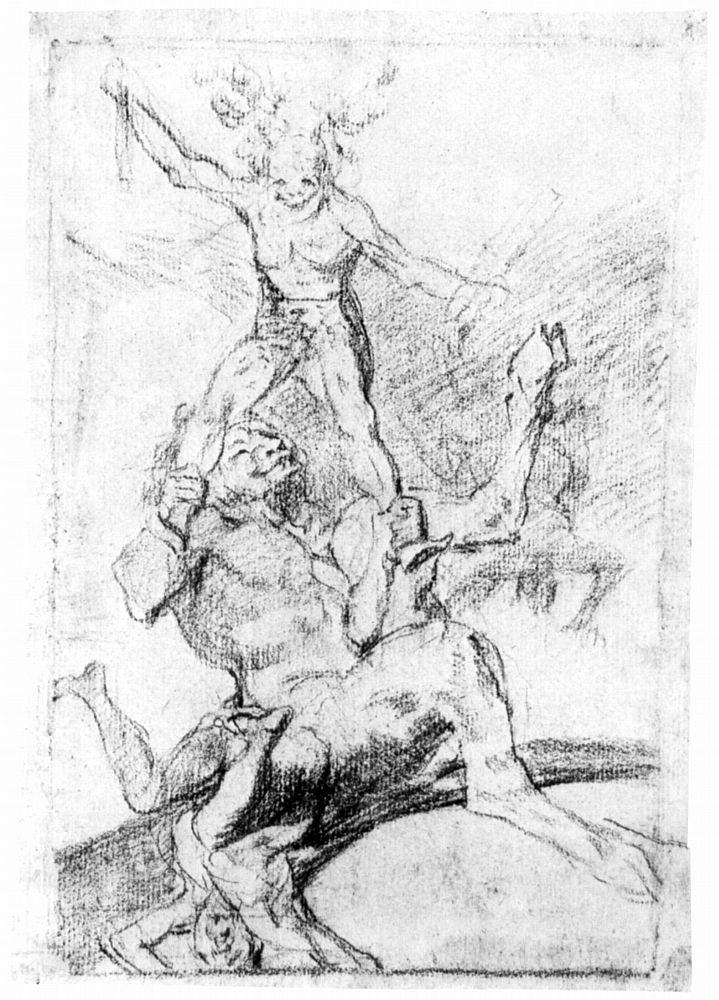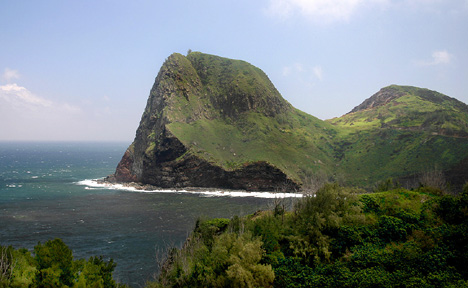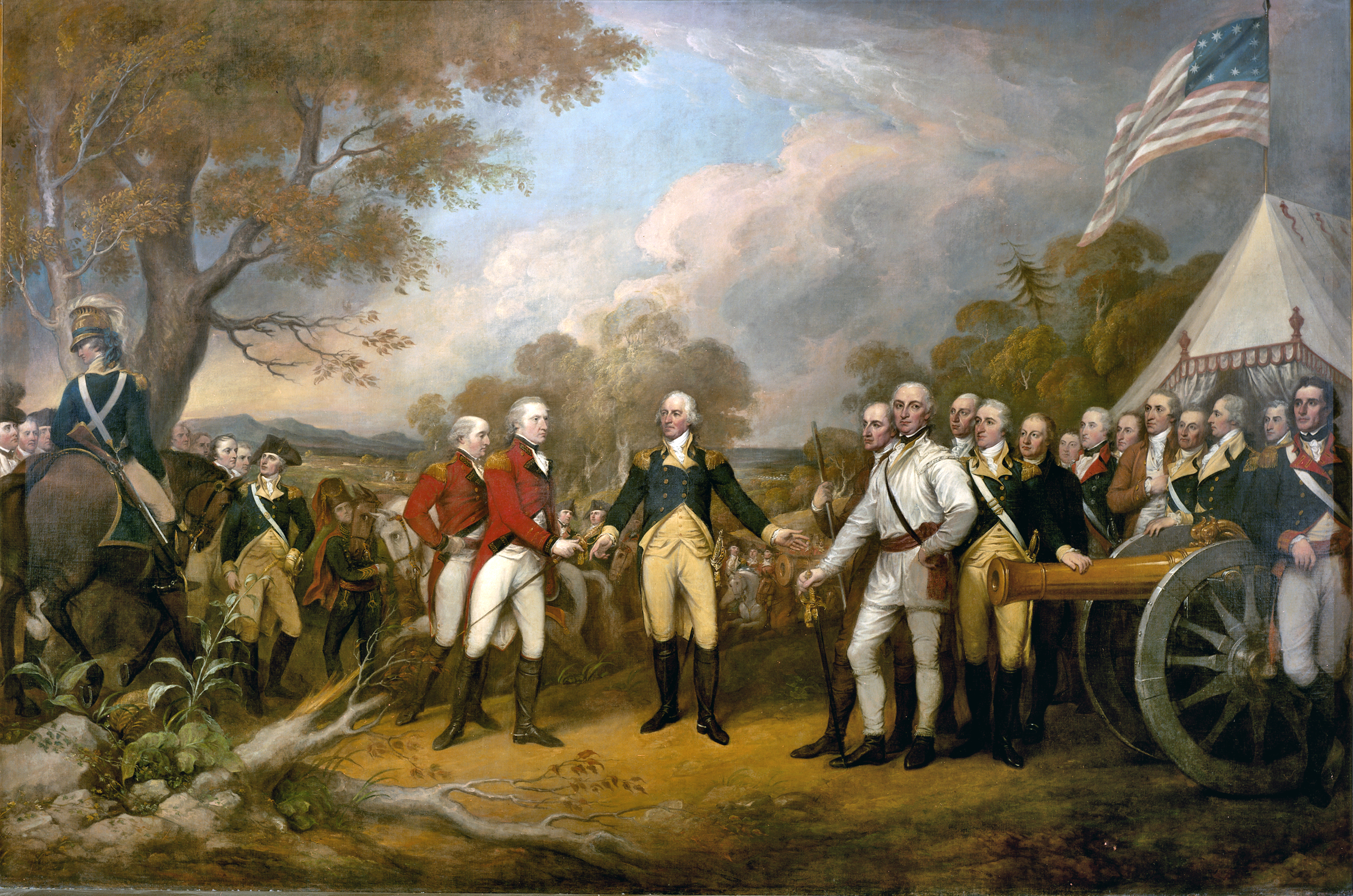|
Up And Down (Goya)
The etching ''Up and Down'' (Spanish: ''Subir y bajar'') is an engraving from the series ''Los caprichos, Los Caprichos'' by the Spain, Spanish Painting, painter Francisco Goya, Francisco de Goya. It is numbered 56 in the series of 80 prints and was published in 1799. Interpretations Various contemporary manuscripts provide explanations for the plates of ''Los Caprichos''. The manuscript held at the Museo del Prado is considered an autograph by Goya, though it appears to obscure the artist's riskier intentions by offering a moralizing interpretation. Two other manuscripts, one owned by Ayala and another at the Biblioteca Nacional de España, National Library of Spain, emphasize the more biting significance of the prints. Explanation from the Museo del Prado manuscript:''"''Fortune treats those who court her very badly. She repays the effort of climbing with smoke, and punishes the one who has risen by casting him down.''" (La fortuna trata muy mal a quien la obsequia. Paga con h ... [...More Info...] [...Related Items...] OR: [Wikipedia] [Google] [Baidu] |
Francisco De Goya
Francisco José de Goya y Lucientes (; ; 30 March 1746 – 16 April 1828) was a Spanish romantic painter and printmaker. He is considered the most important Spanish artist of the late 18th and early 19th centuries. His paintings, drawings, and engravings reflected contemporary historical upheavals and influenced important 19th- and 20th-century painters. Goya is often referred to as the last of the Old Masters and the first of the moderns. Goya was born in Fuendetodos, Aragon to a middle-class family in 1746. He studied painting from age 14 under José Luzán y Martinez and moved to Madrid to study with Anton Raphael Mengs. He married Josefa Bayeu in 1773. Goya became a court painter to the Spanish Crown in 1786 and this early portion of his career is marked by portraits of the Spanish aristocracy and royalty, and Rococo-style tapestry cartoons designed for the royal palace. Although Goya's letters and writings survive, little is known about his thoughts. He had a seve ... [...More Info...] [...Related Items...] OR: [Wikipedia] [Google] [Baidu] |
Manuel Godoy
Manuel de Godoy y Álvarez de Faria Ríos (12 May 1767 – 4 October 1851), 1st ''Prince of the Peace'', 1st ''Duke of Alcudia'', 1st ''Duke of Sueca'', 1st ''Baron of Mascalbó'', was the First Secretary of State of the Kingdom of Spain from 1792 to 1797 and then from 1801 to 1808, and as such, one of the central Spanish political figures during the rise of Napoleon and his invasion of Spain. Godoy came to power at a young age as the favourite of King Charles IV and Queen Maria Luisa. He has been partly blamed for the Anglo-Spanish War of 1796–1808 that brought an end to the Spanish Empire. Godoy's unmatched power ended in 1808 with the Tumult of Aranjuez, which forced him into a long exile. He died in Paris in 1851. Birth and family Godoy was born in Badajoz as the youngest child of José de Godoy y Cáceres-Ovando, regidor of Badajoz for the "''estado noble''", and Antonia Álvarez de Faria, of noble Portuguese extraction. Much is known about his family and the docum ... [...More Info...] [...Related Items...] OR: [Wikipedia] [Google] [Baidu] |
1778 Paintings
Events January–March * January 18 – Third voyage of James Cook: Captain James Cook, with ships HMS ''Resolution'' and HMS ''Discovery'', first views Oʻahu then Kauaʻi in the Hawaiian Islands of the Pacific Ocean, which he names the ''Sandwich Islands''. * February 5 – In the United States: **South Carolina becomes the first state to ratify the Articles of Confederation. **General John Cadwalader shoots and seriously wounds Major General Thomas Conway in a duel after a dispute between the two officers over Conway's continued criticism of General George Washington's leadership of the Continental Army.''Harper's Encyclopaedia of United States History from 458 A. D. to 1909'', ed. by Benson John Lossing and, Woodrow Wilson (Harper & Brothers, 1910) p166 * February 6 – American Revolutionary War: In Paris, the Treaty of Alliance and the Treaty of Amity and Commerce are signed by the United States and France, signaling official French recognitio ... [...More Info...] [...Related Items...] OR: [Wikipedia] [Google] [Baidu] |
1777 Paintings
Events January–March * January 2 – American Revolutionary War – Battle of the Assunpink Creek: American general George Washington's army repulses a British attack by Lieutenant General Charles Cornwallis, in a second battle at Trenton, New Jersey. * January 3 – American Revolutionary War – Battle of Princeton: American general George Washington's army defeats British troops. * January 13 – Mission Santa Clara de Asís is founded in what becomes Santa Clara, California. * January 15 – Vermont declares its independence from New York, becoming the Vermont Republic, an independent country, a status it retains until it joins the United States as the 14th state in 1791. * January 21 – The Continental Congress approves a resolution "that an unauthentic copy, with names of the signers of the Declaration of independence, be sent to each of the United States. *February 5 – Under the Constitution of Georgia (U.S. state), 1st Con ... [...More Info...] [...Related Items...] OR: [Wikipedia] [Google] [Baidu] |
Paintings By Francisco Goya In The Museo Del Prado
Painting is a Visual arts, visual art, which is characterized by the practice of applying paint, pigment, color or other medium to a solid surface (called "matrix" or "Support (art), support"). The medium is commonly applied to the base with a brush. Other implements, such as palette knives, sponges, airbrushes, the artist's fingers, or even a dripping technique that uses gravity may be used. One who produces paintings is called a painter. In art, the term "painting" describes both the act and the result of the action (the final work is called "a painting"). The support for paintings includes such surfaces as walls, paper, canvas, wood, glass, lacquer, pottery, leaf, copper and concrete, and the painting may incorporate other materials, in single or multiple form, including sand, clay, paper, cardboard, newspaper, plaster, gold leaf, and even entire objects. Painting is an important form of visual arts, visual art, bringing in elements such as drawing, Composition (visual art ... [...More Info...] [...Related Items...] OR: [Wikipedia] [Google] [Baidu] |
Goya Museum
The Goya Museum (French: Musée Goya) is an art museum located in Castres, France.Goya Museum Les amis des Musées de Castres The museum was originally established in 1840 and was named after the Spanish painter since it has been specialised in art, since 1947. History and collection The museum is located in the old Bishop's Palace, which was built in 1675 and is based on the design of |
Sanguine (red Chalk)
Red chalk is chalk of a reddish-brown color, which was used as a material for drawing. It is obtained from the red ochre variety of hematite. Another term for red chalk, common in older references, is sanguine (). The word comes via French from the Italian ''sanguigna'' and is originally from the Latin "sanguis"; it refers to the color's similarity to that of dried blood. Red chalk was used by the ancient Egyptians and ancient Romans for wall painting. By the 16th century deposits were known in Italy, Spain, Flanders, France, and Germany, and the material became a popular medium for drawing. Leonardo da Vinci, in the late 15th century, was the first major artist to work in the medium. Technique Red chalk lends itself naturally to sketches, life drawings, and rustic scenes. It is ideal for rendering modeling and volume, and human flesh. In the form of wood-cased pencils and manufactured sticks, it may be used similarly to charcoal and pastel. As with pastel, a mid-toned paper m ... [...More Info...] [...Related Items...] OR: [Wikipedia] [Google] [Baidu] |
French First Republic
In the history of France, the First Republic (), sometimes referred to in historiography as Revolutionary France, and officially the French Republic (), was founded on 21 September 1792 during the French Revolution. The First Republic lasted until the declaration of the First French Empire, First Empire on 18 May 1804 under Napoleon, Napoléon Bonaparte, although the form of government changed several times. On 21 September 1792, the deputies of the Convention, gathered for the first time, unanimously decide the Proclamation of the abolition of the monarchy, abolition of the constitutional monarchy in France. Although the Republic was never officially proclaimed on 22 September 1792, the decision was made to date the acts from the year I of the Republic. On 25 September 1792, the Republic was declared "one and indivisible". From 1792 to 1802, France was at war with the rest of Europe. It also experienced internal conflicts, including the War in the Vendée, wars in Vendée. Th ... [...More Info...] [...Related Items...] OR: [Wikipedia] [Google] [Baidu] |
Treaty Of Basel (1795)
The Peace of Basel of 1795 consists of three peace treaties involving France during the French Revolution (represented by François de Barthélemy). *The first was with Prussia (represented by Karl August von Hardenberg) on 5 April; *The second was with Spain (represented by Domingo d'Yriarte) on 22 July, ending the War of the Pyrenees; and *The third was with the Landgraviate of Hesse-Kassel (represented by Friedrich Sigismund Waitz von Eschen) on 28 August, concluding the stage of the French Revolutionary Wars against the First Coalition. With great diplomatic cunning, the treaties enabled France to placate and divide its enemies of the First Coalition, one by one. Thereafter, Revolutionary France emerged as a major European power. Treaty between France and Prussia The first treaty, on 5 April 1795 between France and Prussia, had been under discussion since 1794. Prussia withdrew from the coalition that had been working on the impending partition of Poland and, when it w ... [...More Info...] [...Related Items...] OR: [Wikipedia] [Google] [Baidu] |
Charles IV Of Spain
Charles IV (; 11 November 1748 – 20 January 1819) was King of Spain and ruler of the Spanish Empire from 1788 to 1808. The Spain inherited by Charles IV gave few indications of instability, but during his reign, Spain entered a series of disadvantageous alliances and his regime constantly sought cash to deal with the exigencies of war. He detested his son and heir Ferdinand VII, Ferdinand, who led the unsuccessful El Escorial Conspiracy and later forced Charles's abdication after the Tumult of Aranjuez in March 1808, along with ousting Charles's widely hated first minister Manuel Godoy. Summoned to Bayonne by Napoleon Bonaparte, who forced Ferdinand VII to abdicate, Charles IV also abdicated, paving the way for Napoleon to place his older brother Joseph Bonaparte on the throne of Spain. The reign of Charles IV turned out to be a major negative turning point in Spanish history. Early life Charles was the second son of Charles III of Spain, Charles III and his wife, Maria Amalia ... [...More Info...] [...Related Items...] OR: [Wikipedia] [Google] [Baidu] |
Etching
Etching is traditionally the process of using strong acid or mordant to cut into the unprotected parts of a metal surface to create a design in intaglio (incised) in the metal. In modern manufacturing, other chemicals may be used on other types of material. As a method of printmaking, it is, along with engraving, the most important technique for old master prints, and remains in wide use today. In a number of modern variants such as microfabrication etching and photochemical milling, it is a crucial technique in modern technology, including circuit boards. In traditional pure etching, a metal plate (usually of copper, zinc or steel) is covered with a waxy ground which is resistant to acid. The artist then scratches off the ground with a pointed etching needle where the artist wants a line to appear in the finished piece, exposing the bare metal. The échoppe, a tool with a slanted oval section, is also used for "swelling" lines. The plate is then dipped in a bath of aci ... [...More Info...] [...Related Items...] OR: [Wikipedia] [Google] [Baidu] |






